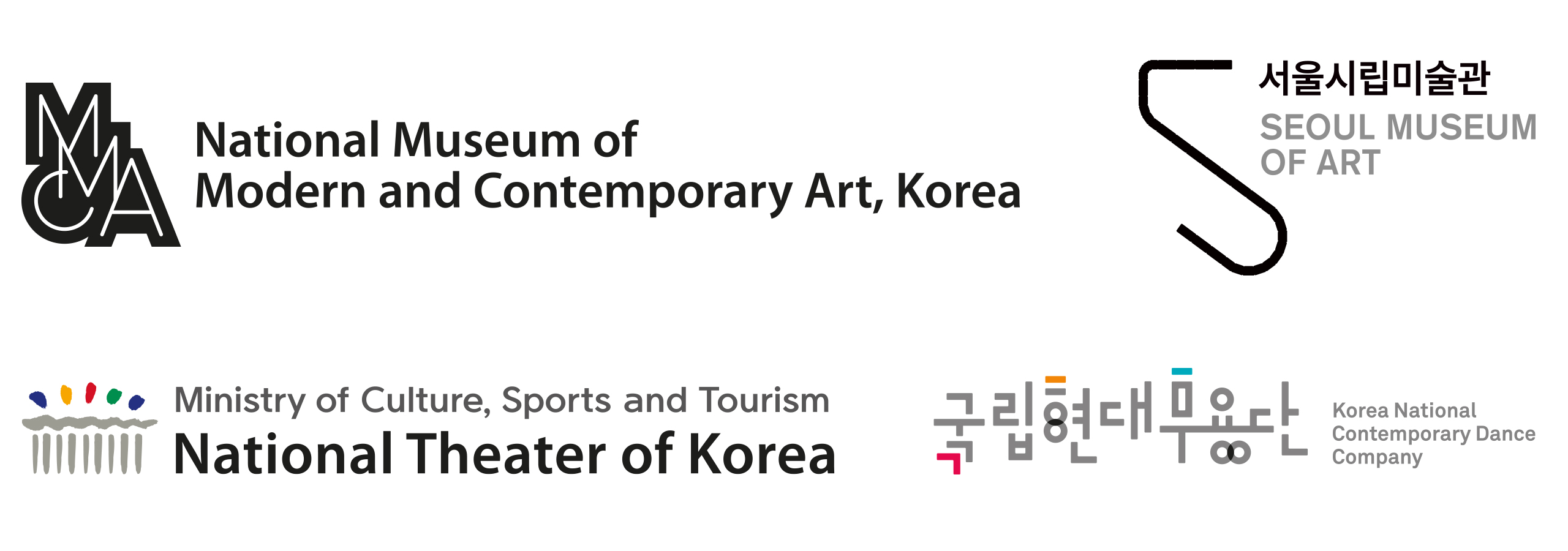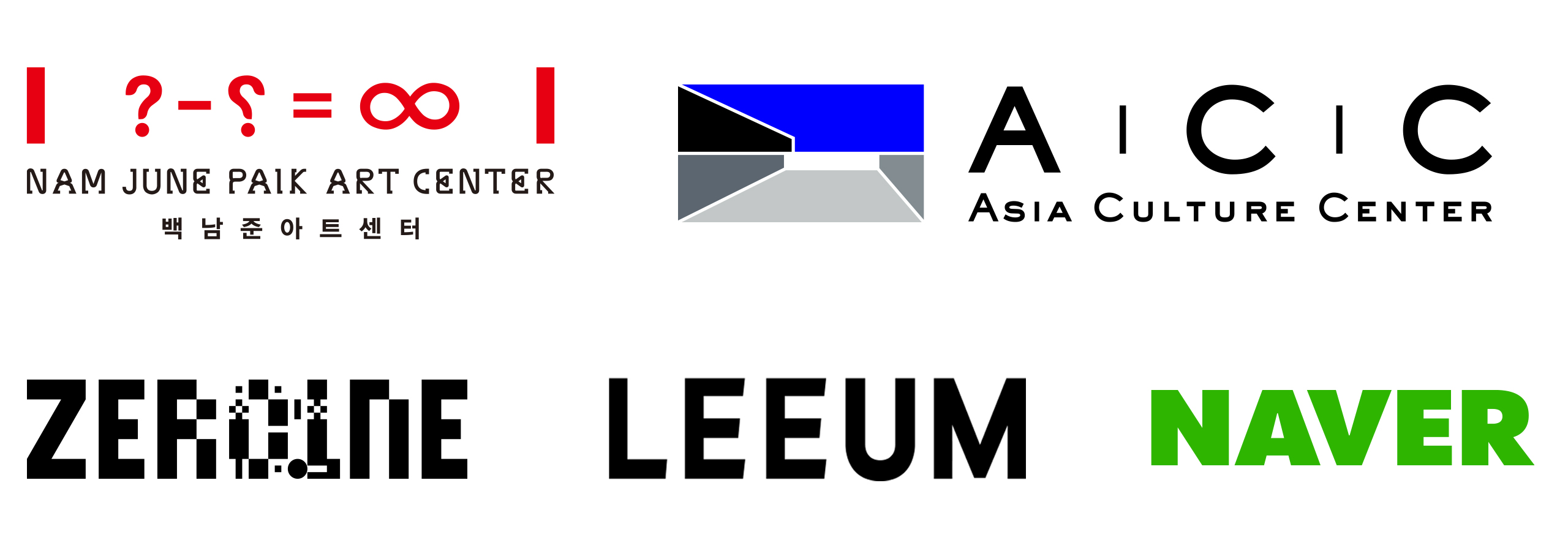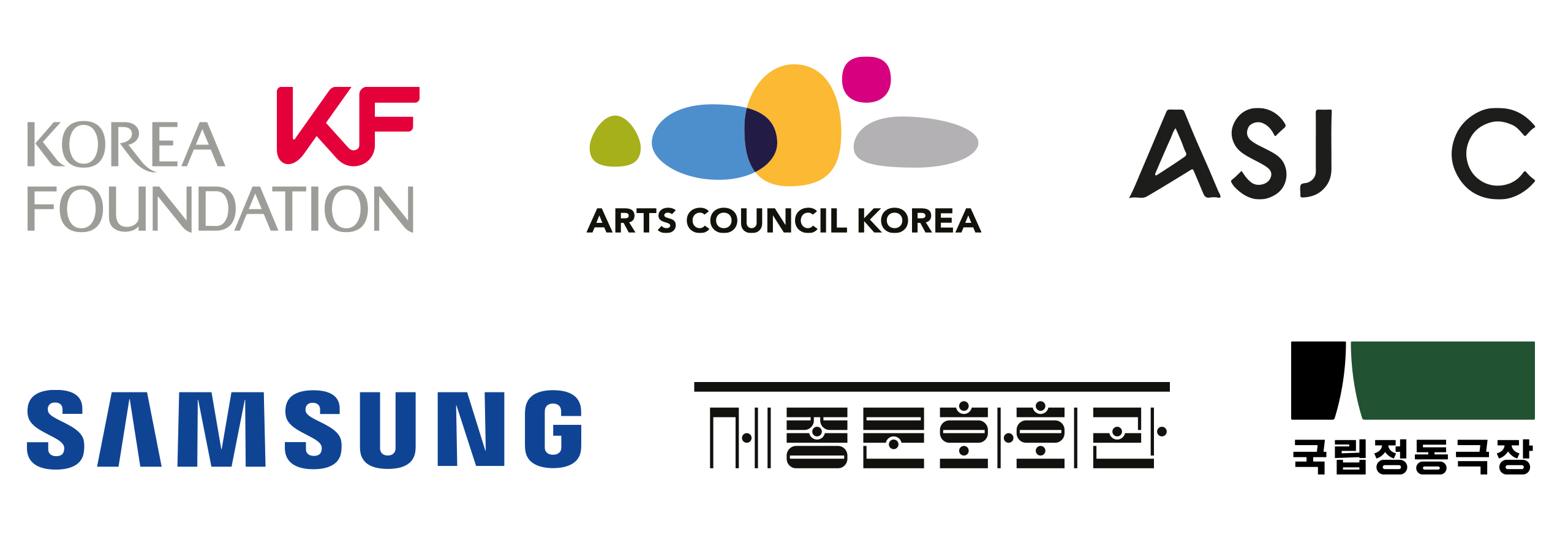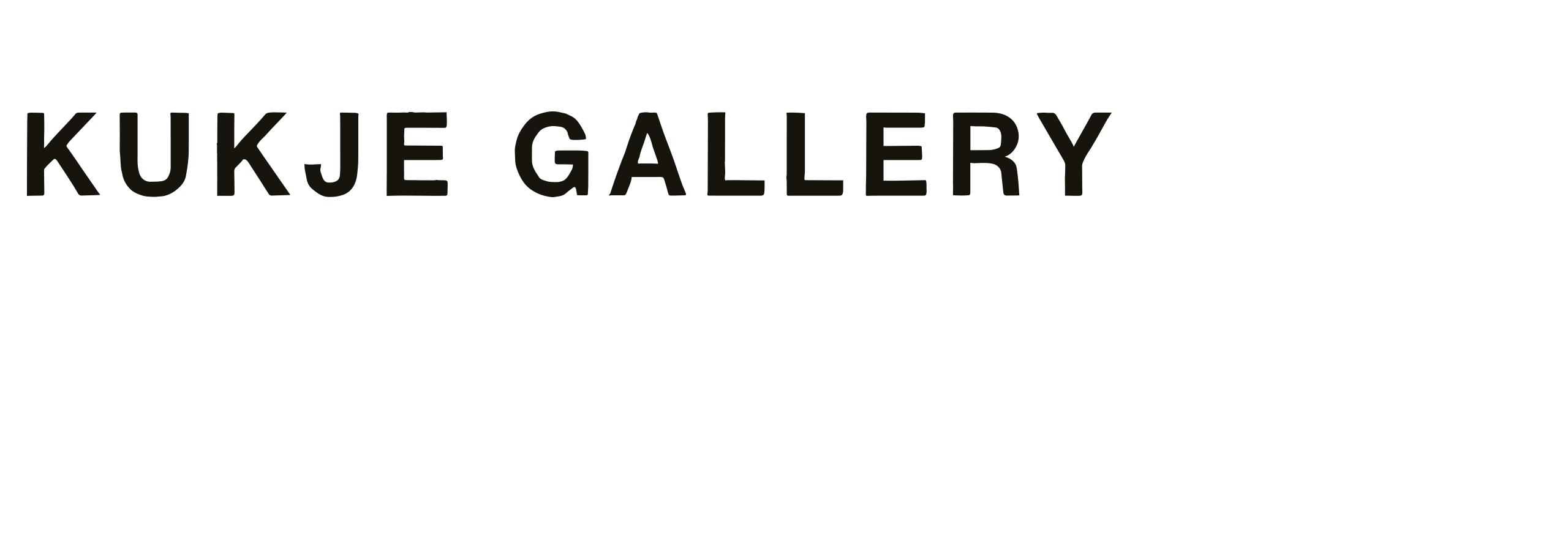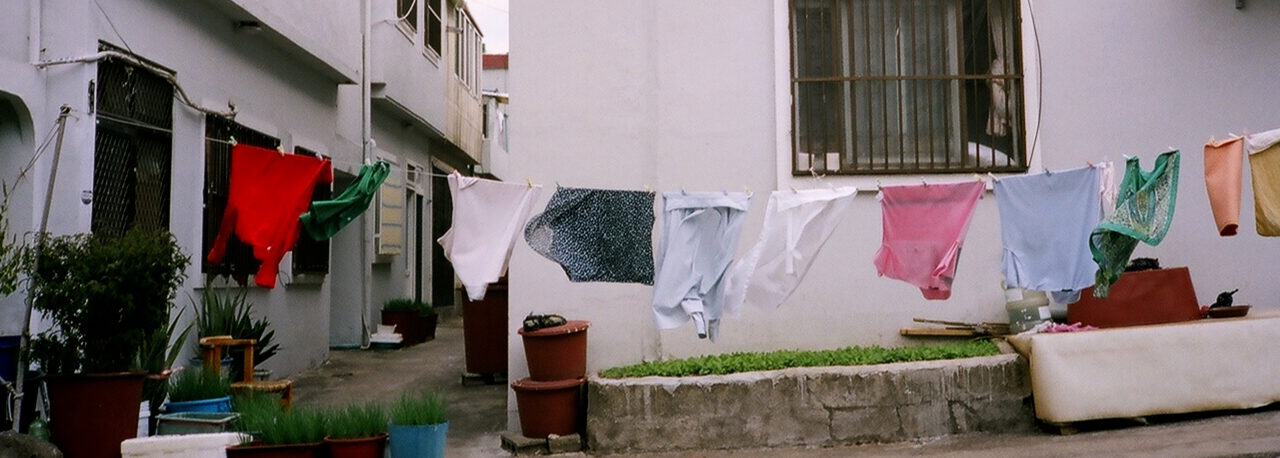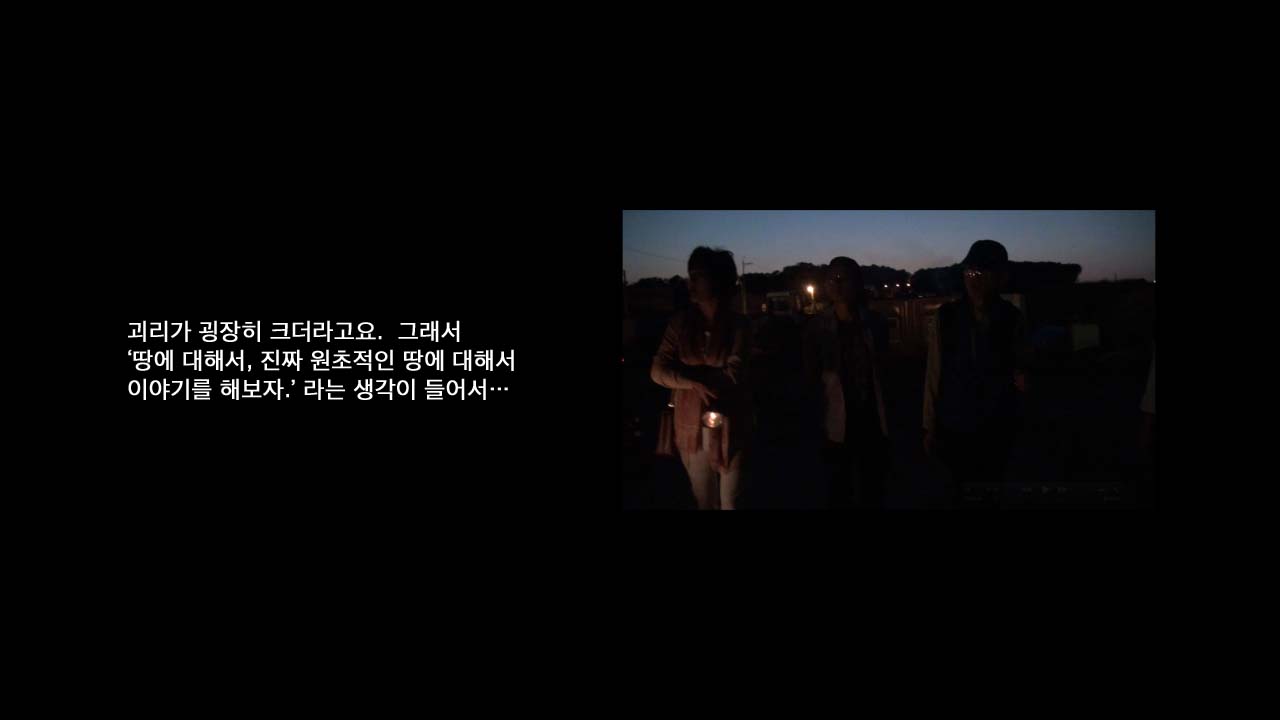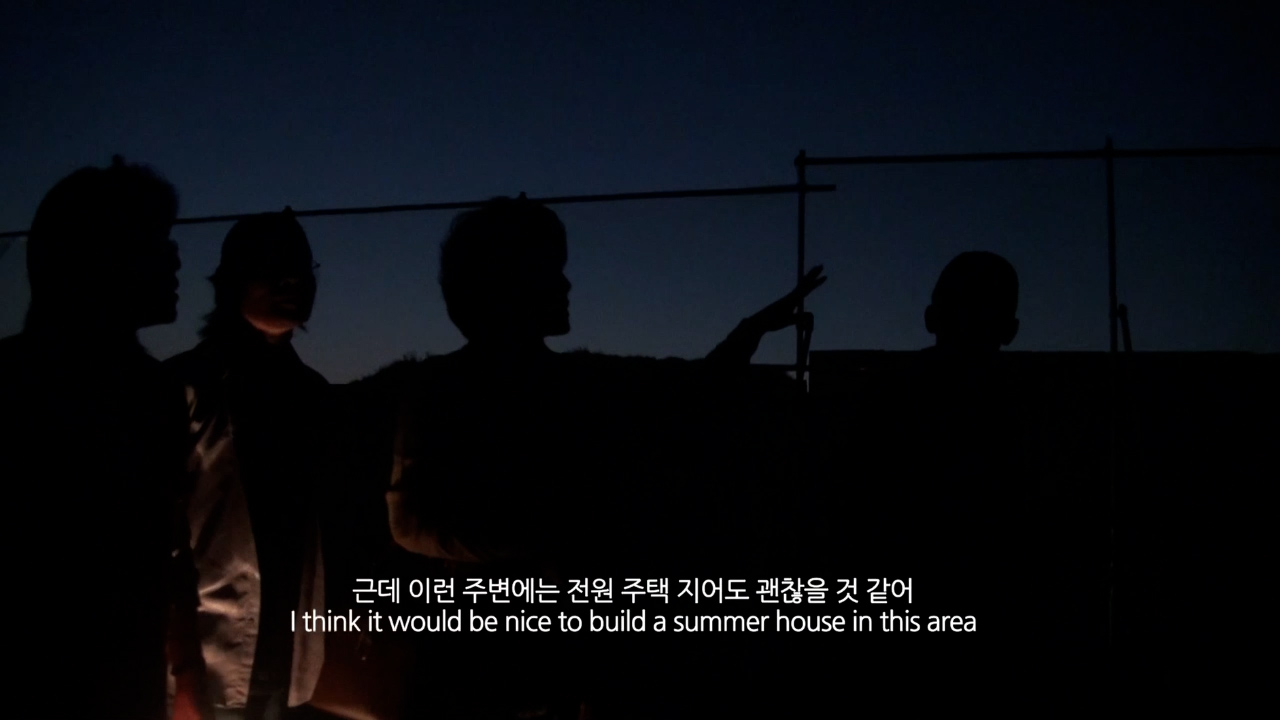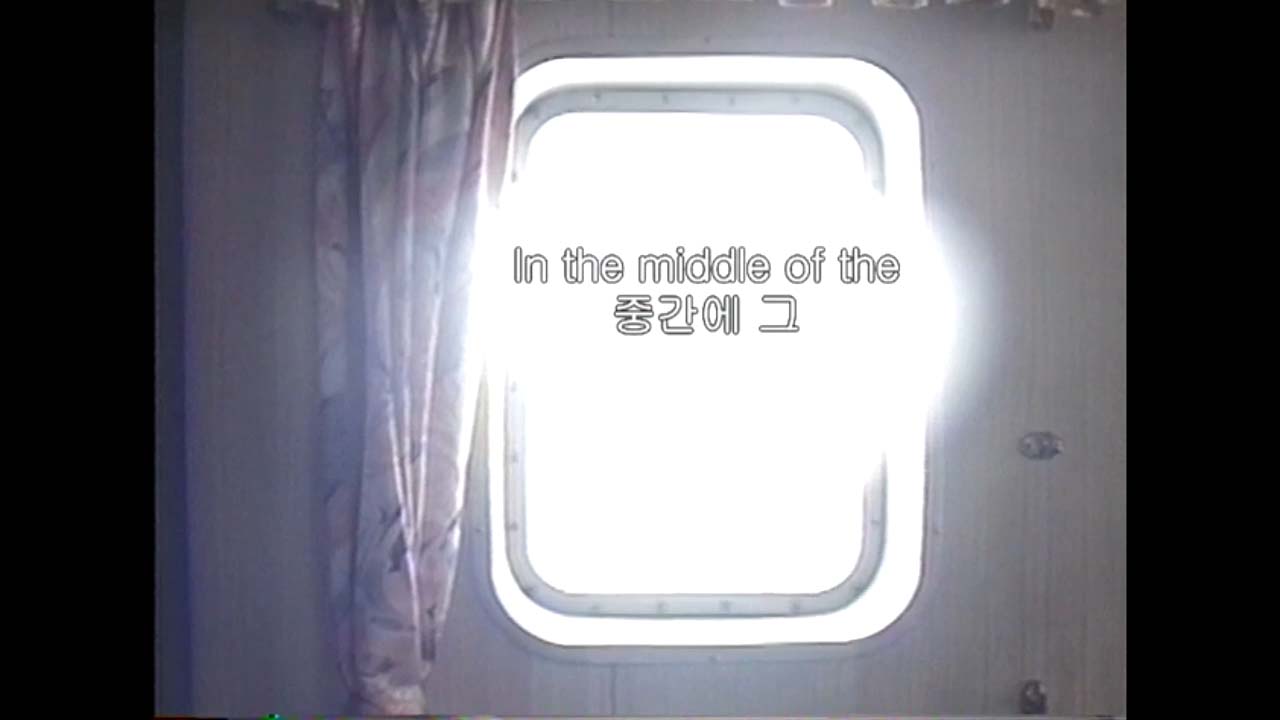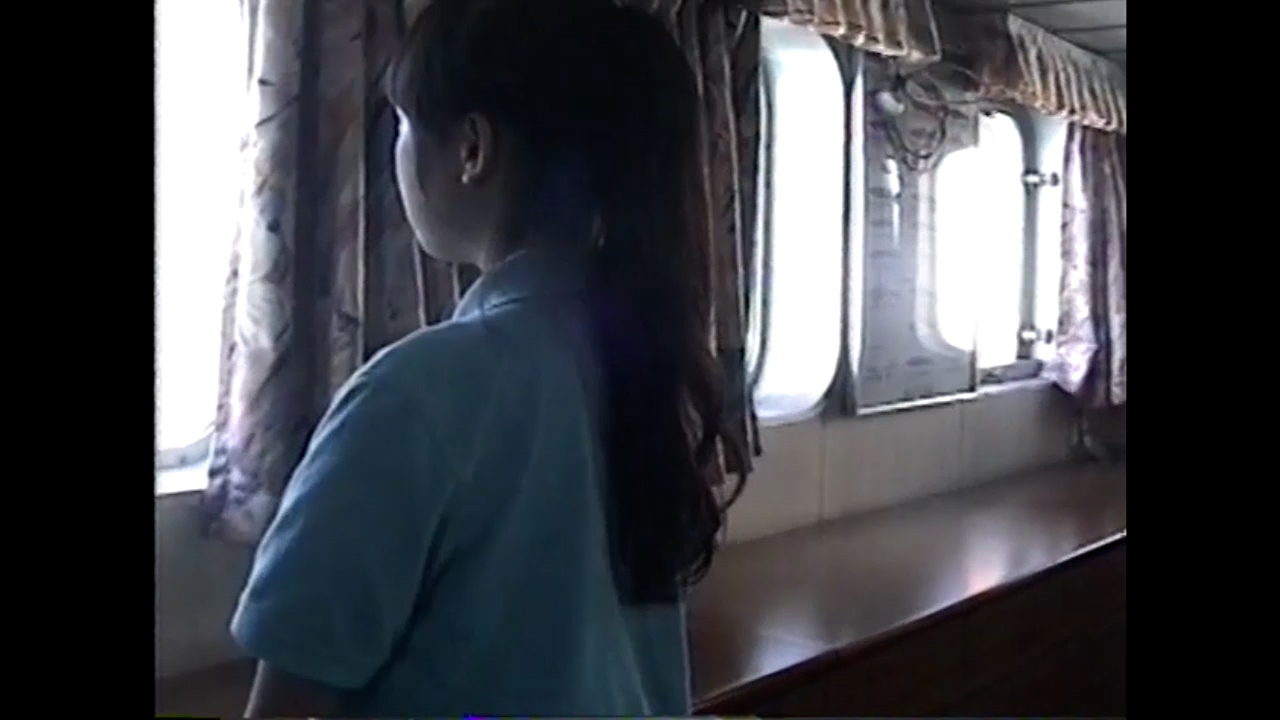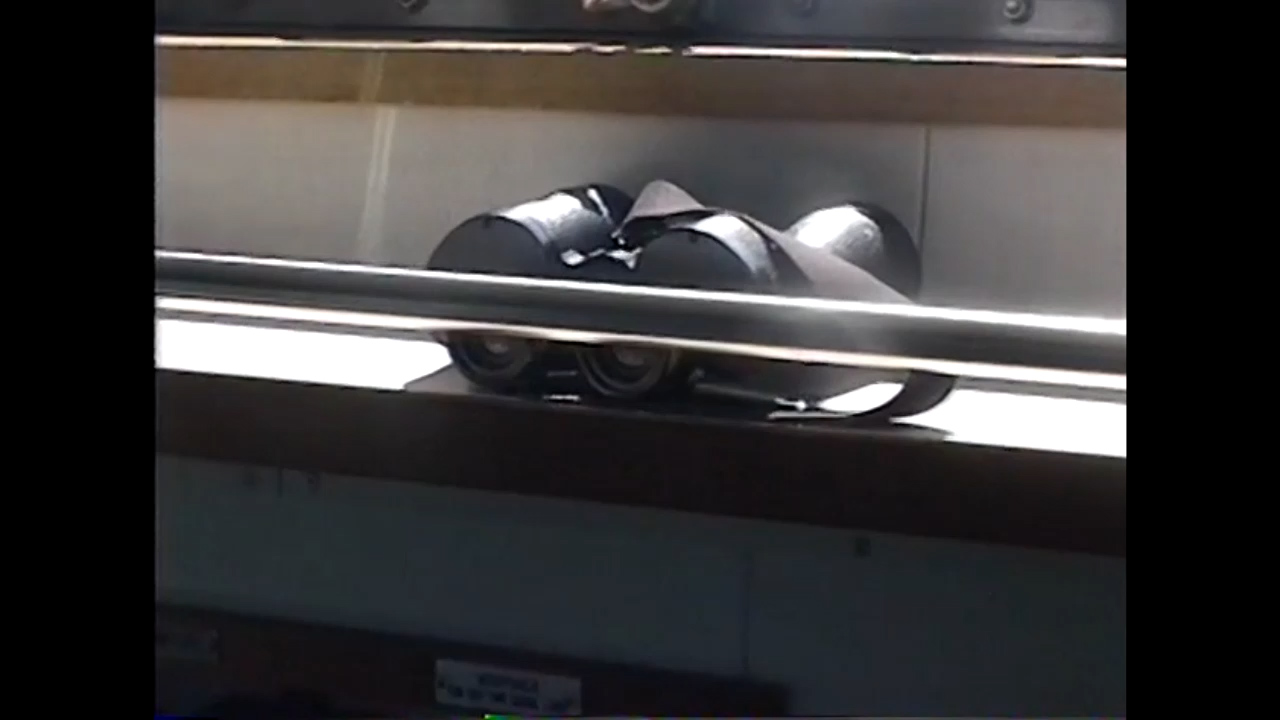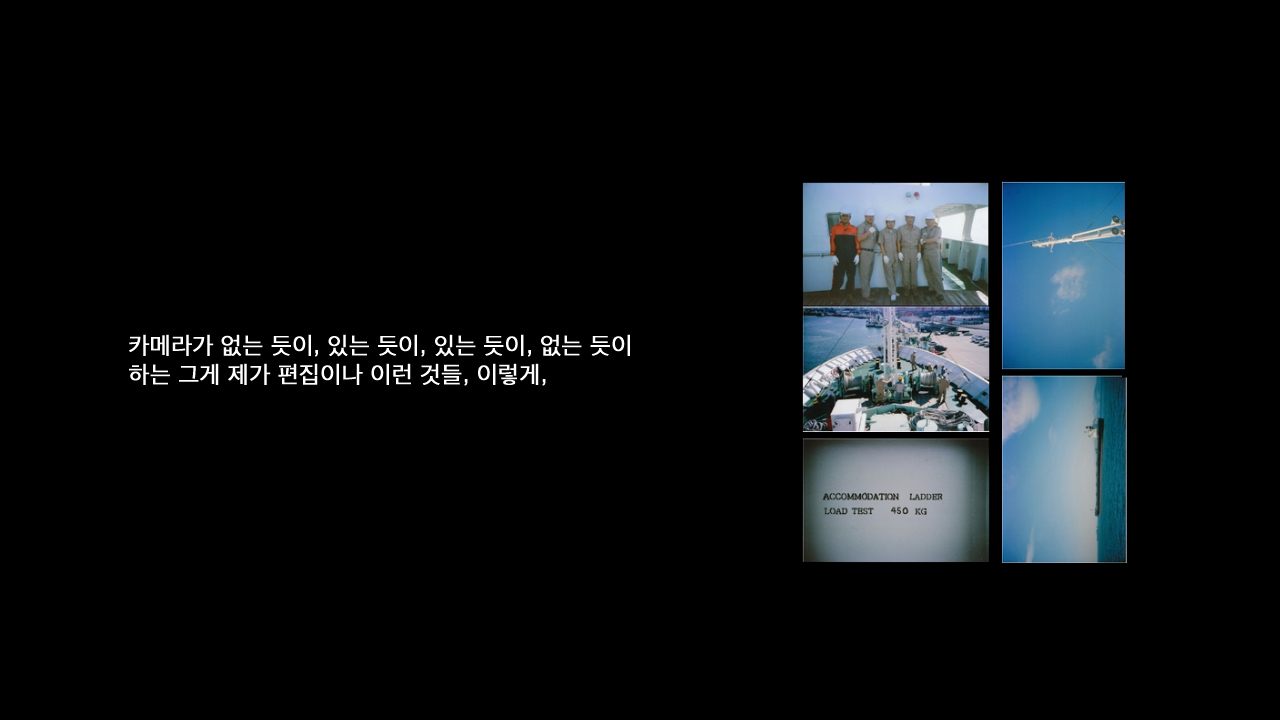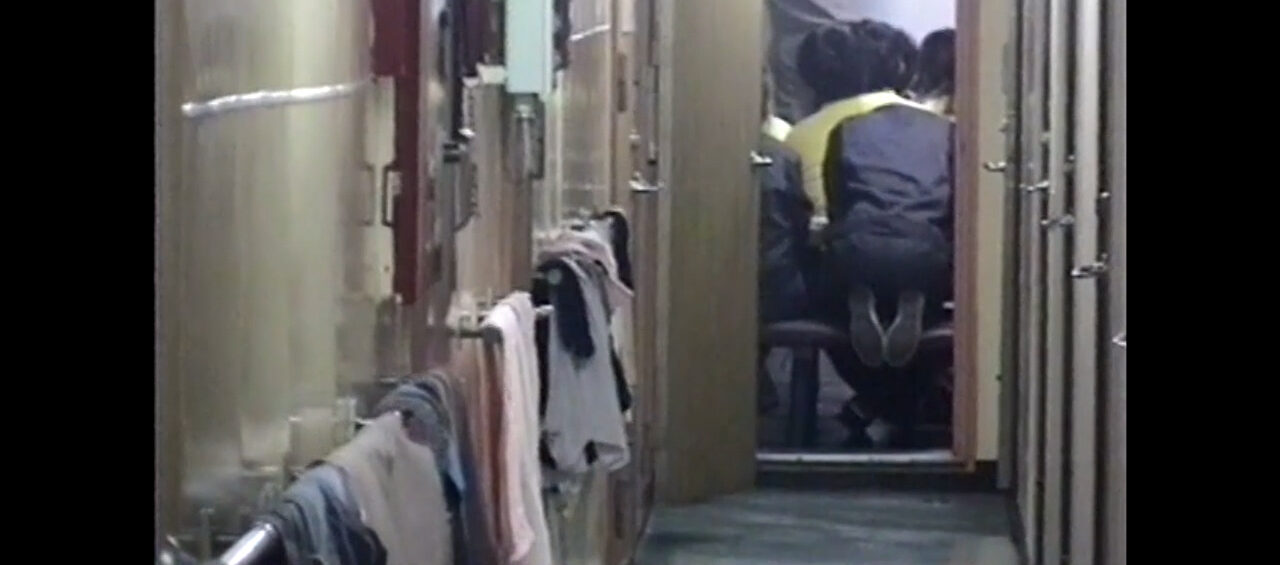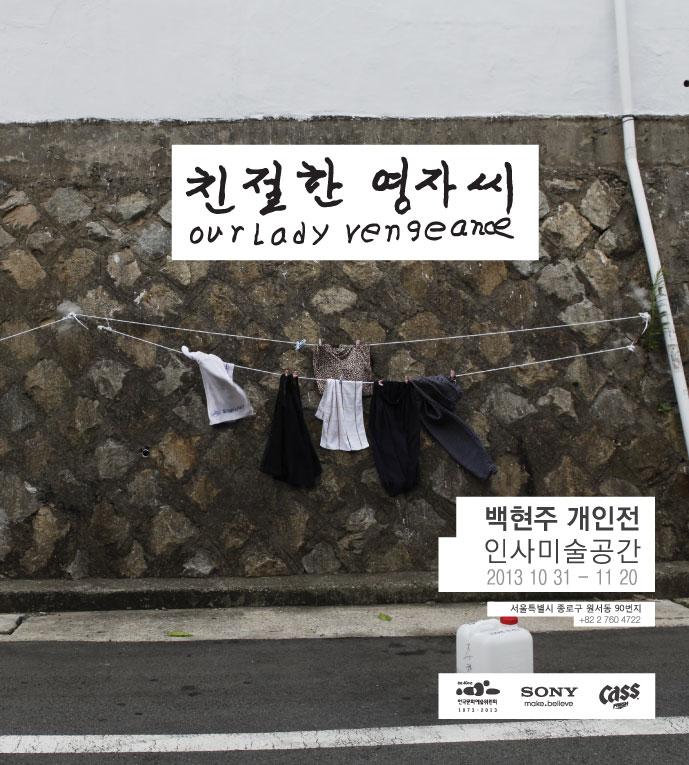이단지 큐레이터: 동네 주민들이 가지고 있는 기억으로 다시 다른 사건(영화)을 구성한다는 것은 어떤 의미인가요?
백현주 작가: 워낙 알려진 영화이기 때문에 <친절한 영자씨>를 제작 하는 것 자체가 흥미로운 출발이었습니다. ‘친절한 금자씨’라는 영화는 조용하던 마을에 어느 순간 일어난 “사건”이었을 것이고, 그 사건은 그 곳에 사는 거주민들에게 ‘우리 동네’라는 장소로써의 공통의 환기를 가져다 주었다는 점이 이번 작업의 동기가 된 것 같아요. 촬영을 위한 방문과 인터뷰를 여러 번 반복하면서 주민들의 기억은 더 이상 영화<친절한 금자씨>에 대한 것이 아니라 그들이 살고 있고 존재하는 동네, 개금2동의 현재에 대한 있는 그대로의 기억이라는 것을 알게 되었습니다. 따라서 ‘영자씨’이거나 ‘춘자씨’라는 이름 자체만큼 그들이 가지고 있는 기억의 존재 자체가 어떤 지역적인 유산, 달리 표현하자면 동네에서 일어난 사건을 ‘타자’가 아닌 스스로의 목격이나 증언으로 살아 있게 만드는 이 마을의 역사가 되지 않을까 하는 생각이 들었습니다. 사실 ‘친절한 금자씨’라는 영화의 배경으로 마을이 존재했던 것이 아니라 계속 있어왔던 마을에 영화가 들어온 것뿐이니까요. 개인과 사회, 이방인과 거주민 등 다양한 입장이 모여 이루어진 상황이나 공동체의 안팎에 대해 지속적인 관심을 가져온 저로써는 <친절한 영자씨>의 제작과정이 매끄럽지 않은 기억의 채집이라는 출발, 그리고 어수선하지만 오랜 기간 동안의 만남과 대화를 통한 기록과 복원이라는 방법을 선택한 점에서 의미를 가진다고 생각합니다. 이방인의 개입을 통해 객관성을 유지 하는 방식이 아니고, 더러는 주민을 화합시키거나 재건하는 방향이 아니라 작업, 주민들의 리얼리티를 복원함으로써 그들의 마을에 제가 참여할 수 있게 된 실험적인 작업 과정이었습니다.
▶ 고양이 진아 단채널 영상, 11’14”, 2013
출처 : 한국문화예술위원회 홈페이지 중에서
Curator Danji Lee: What does it mean to reconstruct a different event (a film) using the memories of local residents?
Artist Baek Hyun-joo: The idea of producing OurLady vengeanceitself was an interesting starting point, precisely because the original film Sympathy for Lady Vengeance is so well known. That film might have felt like a sudden “incident” that took place in an otherwise quiet neighborhood, and it provided a shared point of recollection for the residents who experienced their neighborhood anew through its lens. That became the motivation for this work.
After repeated visits and interviews with the residents, I realized their memories were no longer about Sympathy for Lady Vengeance—they were, in fact, about the real and present-day memories of their own neighborhood, Gaegum 2-dong, where they live and exist. Thus, names like “Young-ja” or “Choon-ja” are not what matter most; what truly remains is the presence of their memories, which serve as a kind of local heritage. In other words, these memories become the living history of the village—not shaped by an outsider’s perspective but preserved through their own witness and testimony. After all, the village wasn’t created as the backdrop for the film Sympathy for Lady Vengeance—the village existed long before the movie came.
As someone who has long held interest in the dynamics between individuals and society, between outsiders and residents, this projectOurLady vengeance was significant in that it began with an uneven, fragmentary collection of memories. The process involved recording and restoring these recollections through long-term meetings and conversations—rather than maintaining objectivity as an outsider or attempting to reconcile or rebuild the community. By restoring the residents’ reality through this work, I was able to participate in their neighborhood. It was an experimental process in itself.
▶ Jinah the Cat, Single-channel video, 11’14”, 2013
Source: Arts Council Korea website


